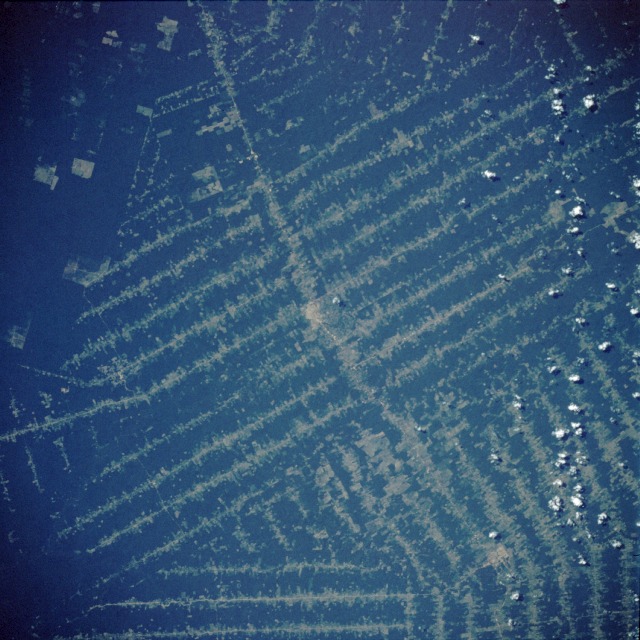Drought, fire called biggest threats to Amazon rainforest ecosystem
Rhett Butler, mongabay.com
April 23, 2005
A prolonged drought in the Amazon could lead to a massive die-off in the world’s largest rainforest according to a study released in Science last week.
In his experiment, Daniel Nepstad and his team of researchers suspended 5,600 large plastic panels between one and four metres above the ground. to mimic severe drought conditions where as much as 80% of a one-hectare plot is deprived of 80 per cent of rainfall. Measuring rainfall, soil moisture, leaf and canopy characteristics over time, they found that after four years the rainforest trees began to die while leaf litter dried and became tinder for wild fires.
While the study represents a “worst-case scenario”, researchers believe it will help make predictions of the effects of increasing deforestation in the region and global climate change.
Recent studies by NASA have found that when forest is degraded, and cleared, fewer rain clouds are formed and less precipitation falls on the forest. The forest becomes drier contributing to a positive feedback loop where rainforest is replaced with savanna which transpires less and less moisture and is more susceptible to fires, which in themselves may alter regional climate by inhibiting cloud formation.
Also worrisome is as forest dies off it loses its capacity to sequester carbon and may become a source of carbon, something that would exacerbate greenhouse gases in the atmosphere.
NASA has recently developed methods for monitoring drought and carbon uptake in the Amazon from space using a unique combination of ground-based and space-based tools. Similar techniques have found that current estimates of Amazon deforestation may capture less than half of the area degraded each year by logging and accidental fire, which may burn for months under the cover of the canopy.
Fire and drought, once rare in much of the Amazon, may now pose the biggest threat to the survival of the Amazon ecosystem.

